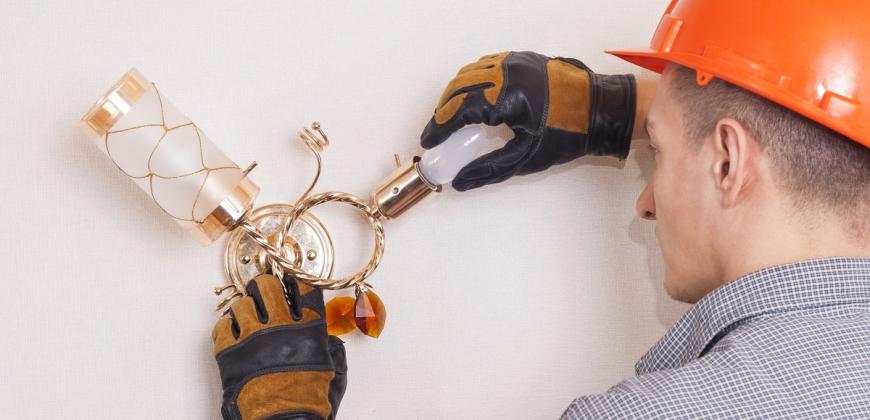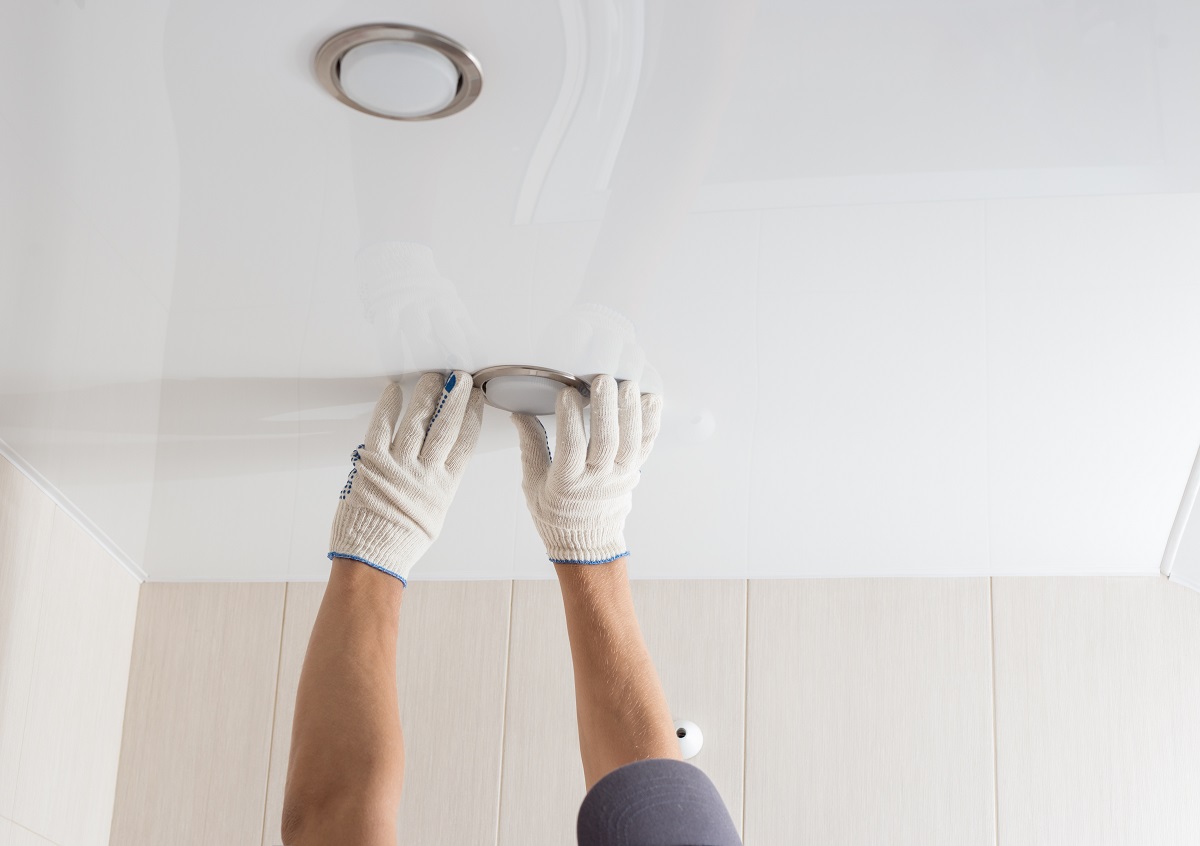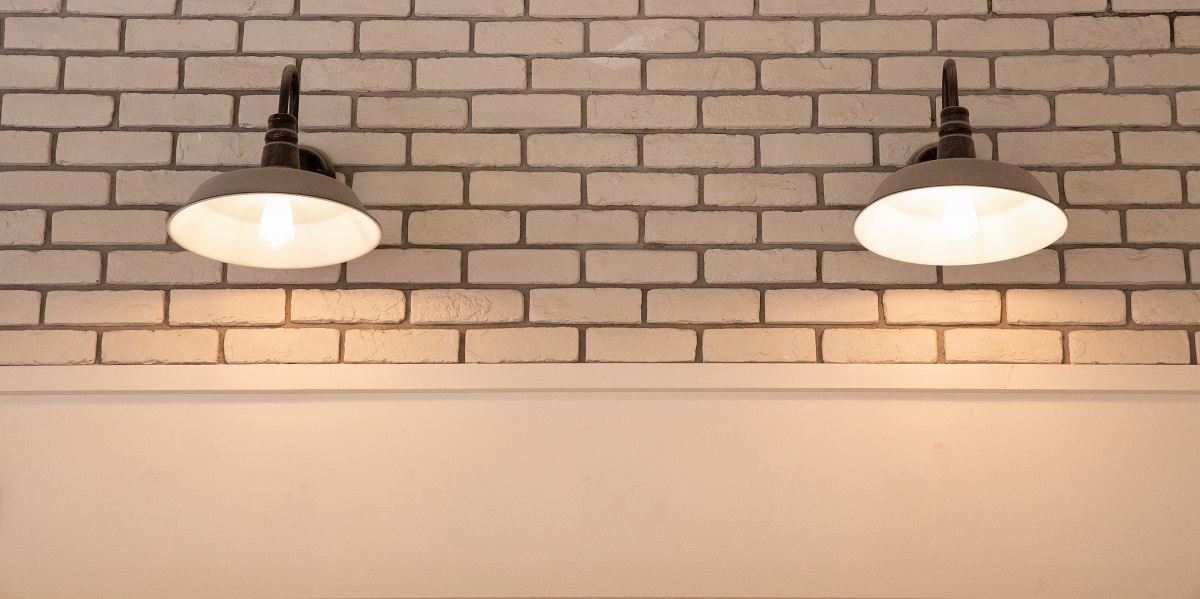
Mounting wall lights: steps and tips for proper installation
Shari
Installing wall sconces (wall lights) can seem like a complicated task at first, but with a little preparation and attention to detail, it can be done correctly and safely. Do you want to install your new wall lights for your living room, bedroom, kitchen or terrace yourself? Here are the main steps and some useful tips for a successful installation:
Steps to follow for mounting wall lights
Installing wall sconces is a relatively simple process, but it does require attention to safety and the proper tools. Here are the general steps to follow for installing wall sconces:
Turning off the power supply
Make sure to turn off the power at the main switch (fuses) to avoid the risk of electric shock. Use a voltage tester to check that there is no current in the electrical cables where you will be installing the fixture.
Preparing tools for mounting wall lights
You will need a screwdriver, wire cutters, hammer, drill (if you need to make holes in the wall), wall plugs and screws, level, voltage tester. In addition to these, the necessary materials are: wall plugs, screws, wall plugs, insulating tape.
Marking the mounting location
Hold the wall sconce in the desired location on the wall and, using a pencil, mark the locations where the screw holes will be. Use a spirit level to ensure that the sconce is mounted straight.
Drilling the wall (if necessary)
Use a drill to drill holes in the wall at the marked points. Insert the appropriate wall plugs into the holes to support the screws (if the wall is concrete, brick, or drywall).
Connecting electrical wires
The electrical wires in the wall need to be connected to the wall socket. There are usually three wires: the live and neutral wires (the brown/black is live and the blue is neutral), plus the ground wire (yellow-green).
Unscrew the protective cover of the wall light, then connect each wire to the corresponding terminals of the wall light, securing them tightly. If the wall light is not grounded, insulate the ground wire with electrical tape.
Fixing the wall light to the wall
Attach the base of the sconce to the wall using screws and wall plugs (if you have previously drilled holes in the wall). Make sure the sconce is securely attached and has no play.
Installing the lampshade (if applicable) and the bulb
After securing the wall light to the wall, install the lampshade or other decorative elements according to the manufacturer's instructions. Screw the recommended bulb into the wall light socket.
Turning on the electricity
After you have mounted and connected the appliance, turn on the electricity at the fuse panel. Check if the appliance is working properly.
Final testing and verification
Test the app and make sure it works properly. Check that all elements are securely attached and that there are no vibrations or other problems.
Read the manual for your light fixture or an electronic product installation guide before beginning installation to ensure you follow the specific instructions correctly. If you are not comfortable with electrical work, consult a professional electrician to avoid risks.

Useful tips for correctly installing wall lights
Proper installation of wall lights requires attention to detail to ensure safe and efficient lighting. Here are some helpful tips for a successful installation:
Plan the correct placement of the sconce
Typically, wall lights are mounted at a height of about 1.5 - 2 meters above the floor, but this can vary depending on the purpose and size of the room. If you are mounting multiple wall lights on the same wall, maintain a distance of at least 2 - 3 meters between them to avoid crowding the light.
Turn off the electricity before installing the wall lights.
It is important to turn off the power at the circuit breaker panel before starting work. Check with a voltage tester to make sure there is no power in the work area.
Choose a suitable wall for mounting the sconces
Make sure the wall you want to mount the LED wall lights or spotlights on is solid and can support their weight. For drywall walls, use special dowels to ensure stability. Check if there are electrical wiring or pipes in the wall, to avoid damaging them during installation.
Correct wiring of wall lamps
Carefully follow the installation diagram provided by the wall light manufacturer. Wall lights usually have three wires: phase (marked brown or black), neutral (blue) and ground (yellow-green). Connect these wires correctly to the electrical circuit of the home, respecting the polarity. Use quality connection terminals to ensure electrical contacts.

Fixing the sconces
Use the screws and dowels provided or, if necessary, use screws and dowels suitable for the type of wall (concrete, drywall, brick).
Secure the base of the sconce to the wall and make sure it is tight. If the sconce is heavy, it is a good idea to have someone hold it while you make the connections.
Use appropriate bulbs
Choose bulbs that are compatible with the wall light and with the maximum wattage indicated by the manufacturer. Some wall lights may require LED, halogen or incandescent bulbs, and using an unsuitable bulb may affect the operation or safety of the device.
Try to choose bulbs with a color temperature appropriate to the purpose of the room (warm for the bedroom, cool for work areas).
Test the correct installation of the appliques
Once you have completed the wiring and fixing, double-check the connections to make sure everything is connected correctly. Turning on the power and checking the operation of the wall light is the last step before putting the new light fixtures into operation. Make sure that the wall lights are working properly and that the light is distributed evenly.
Adapt the design to the decor
Choose wall lights that match the style of your room. Their strategic placement can add both aesthetics and functionality, providing pleasant lighting.
Wall lamp maintenance
After installation, clean the sconces regularly to prevent the accumulation of dust and dirt, which can affect the quality of the light.
Follow these steps and tips to ensure your wall lights are installed correctly, providing both aesthetics and safety in your home. Keep up the good work!
